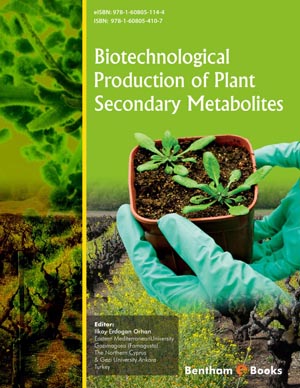Abstract
There are several phases of the PHA production chain where genetic tools may help, starting from the microbial strain isolation and characterization, through all the production steps, until the downstream processes.
Leaving aside the huge number of genetic modifications accomplished on many bacterial species to clarify basic biochemical, genetic and metabolic aspects of PHA metabolism, several interesting attempts have been reported aimed at improving the performance of the microorganisms showing potentiality for a possible production process.
Most of the available information deals with the use of genetic tools for (i) characterization and identification of new isolates, (ii) testing new isolates for the presence of relevant genes involved in PHA production/degradation, (iii) metagenomic approach in complex environments for searching relevant genes (and strains), (iv) assessment of PHA genes expression and control of depolymerase genes, (v) metabolic engineering of producing and not producing bacterial strains, (vi) improving downstream processes, (vii) making PHA producing strains able to utilize different carbon sources (simple sugars, fats, starch-lignocellulose, other complex substrates), (viii) cloning PHA genes in other recipient bacteria.
Due to the huge amount of results published in each of the above fields, after a general overview on the methods used to search for new PHA producing microbial strains, this chapter will try to summarize the most relevant results obtained through genetic engineering tools for the production of PHAs from cheap carbon sources in view of possible industrial applications.
Keywords: Bacteria, Cloning PHA genes, Enzymes, Escherichia coli, Genes, Genetic engineering, Genetic modification, Inexpensive carbon sources, Inexpensive substrates, Organic by-products, PHA production, Polyhydroxyalkanoates (PHA), Unrelated carbon sources.

















